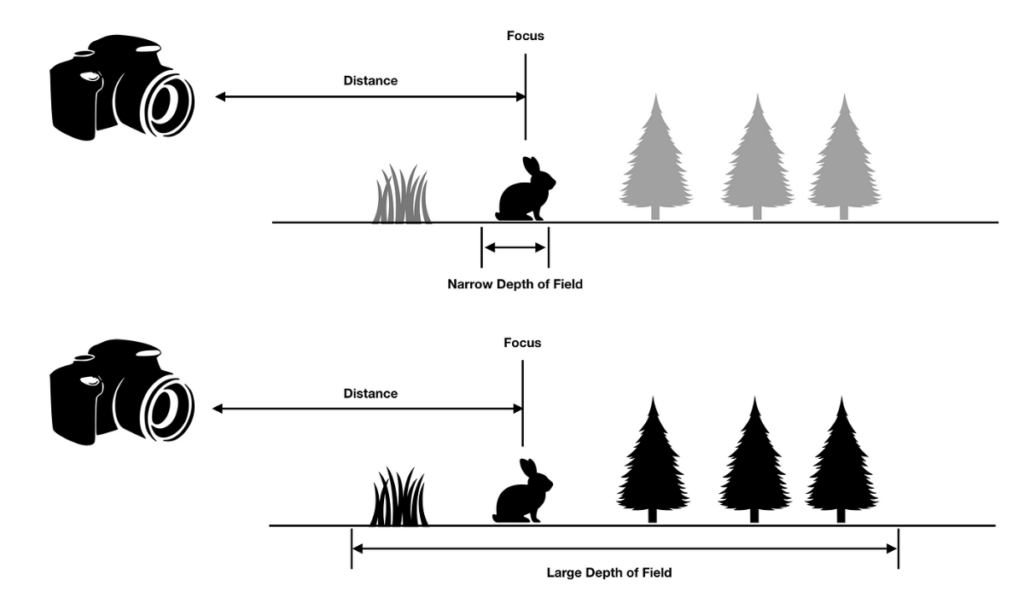Demystifying Depth of Field: How Aperture, Focal Length, and Distance Affect Your Photos

An introduction:
The depth of field (DOF) remains a fascinating yet perplexing topic for many photographers. Despite its importance, its intricacies often lead to confusion and misunderstanding. This article will explain the fundamentals of depth of field, dispel common myths, and provide practical tips for photographers.
Depth of Field Understanding:
Defining how much of a scene appears in focus is determined by depth of field. It is influenced by three primary factors: aperture, focal length, and distance from the subject. In order to achieve a desired creative vision, photographers can effectively control depth of field by understanding how these variables interact.
The depth of field is doubled:
The depth of field cannot be doubled universally, contrary to common belief. Although aperture, focal length, and distance to the subject can increase DOF, the effectiveness of each method varies depending on the circumstances. Mastering depth of field control requires experimentation and understanding each adjustment’s nuances.
In order to increase the depth of field for macro photography, follow these steps:
Macro photography presents unique challenges due to its close proximity to the subject, resulting in shallow depth of field. The depth of field can be effectively doubled by increasing the distance from the subject without compromising the composition of the image.
Concerns about diffraction:
In order to maximize depth of field, some photographers are afraid that diffraction will soften the image. Although empirical testing often confirms that even at smaller apertures, image sharpness remains high, and any perceived softness can be corrected during post-processing. When it comes to depth of field control, don’t let diffraction fears limit your creativity.
Depth of Field is halved:
For portrait photography, photographers can adjust parameters to reduce DOF effectively when a shallow depth of field is desired. By understanding these adjustments, photographers are able to create compelling, visually striking images whether they widen the aperture, use a longer focal length, or decrease the distance between themselves and the subject.
Myths about Depth of Field:
A common misconception is that full-frame cameras are required to achieve shallow depth of field. When using smaller sensor formats, photographers can achieve similar effects by selecting appropriate aperture settings. It is possible to maximize depth of field control without breaking the bank if photographers understand the relationship between sensor size, focal length, and aperture.
In order to achieve blurred backgrounds in portraits, follow these steps:
Blurring the background in portraits creates a sense of depth and visual interest. Any lens can be used to achieve this effect by posing the subject against a distant background. Photographers can create beautiful blurred backgrounds with captivating portraits by understanding the principles of depth of field and composition.
In conclusion:
The depth of field is a fundamental element of photography that greatly influences the aesthetic appeal of images. A photographer can create visually stunning photographs by understanding how aperture, focal length, and distance to the subject interact to control depth of field. It is important to dispel common misconceptions and myths about depth of field so photographers can navigate its complexities with confidence, resulting in images that are truly captivating and inspiring.



